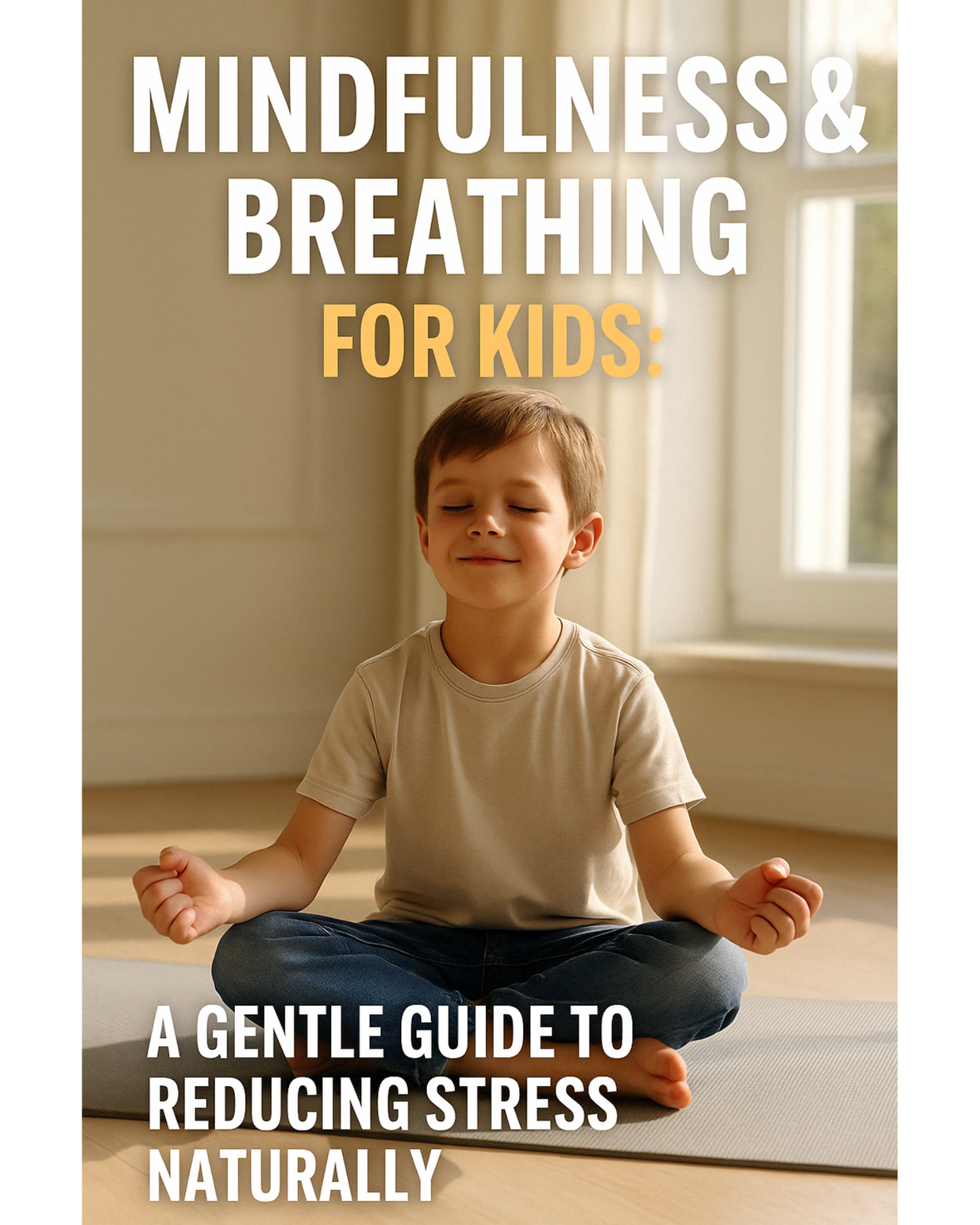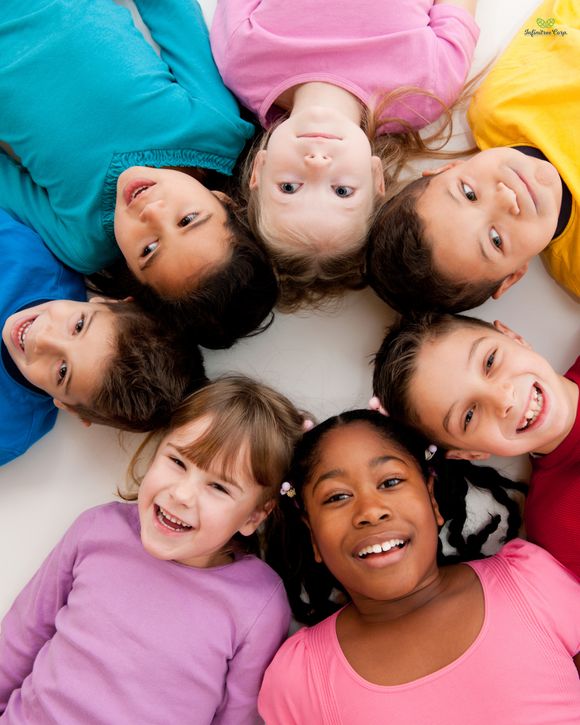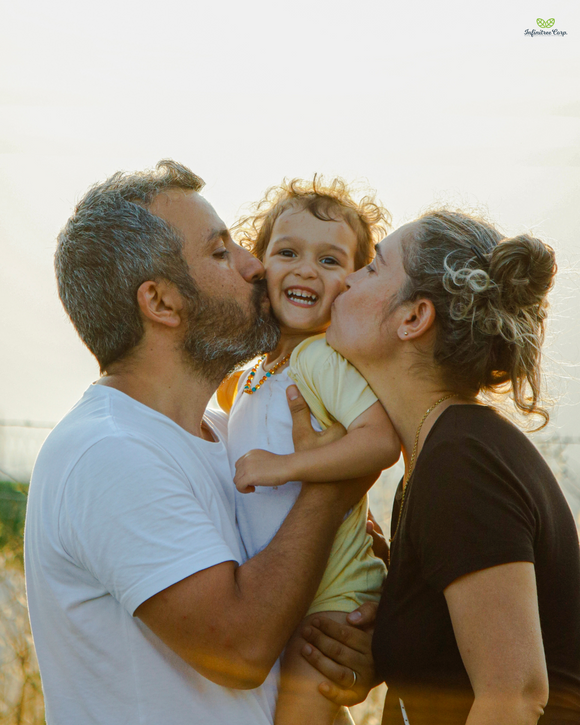
Mindfulness & Breathing for Kids: A Gentle Guide to Reducing Stress Naturally
InfinitreeEditor.Jo
Mindfulness & Breathing for Kids: A Gentle Guide to Reducing Stress Naturally
How 5 Minutes of Breathing Changed My Nephew's Mood
My 10-year-old nephew Jake had always been a bundle of energy—but lately, something was different. He came home from school anxious, had trouble falling asleep, and would get upset over small things. His parents chalked it up to “just a phase,” but I knew stress was affecting him more than they realized.
I introduced him to a simple breathing exercise—just five minutes of slow, mindful breaths after school. To everyone’s surprise, Jake started requesting it himself. Within a week, he was calmer, more focused, and even sleeping better.
That’s when I realized: kids don’t just need to move their bodies—they need tools to calm their minds.
Why Stress Isn’t Just an Adult Problem Anymore
Kids today experience stress for a variety of reasons:
-
Academic pressure
-
Social media and screen overload
-
Sports and performance anxiety
-
Family dynamics or lack of downtime
And when left unchecked, that stress can impact:
-
Sleep quality
-
Digestion
-
Focus
-
Growth hormone production
-
Immune health
🧠 Stress in kids shows up differently than adults—through tummy aches, irritability, restlessness, or even hyperactivity.
The Science Behind Meditation & Breathing for Kids
Mindfulness and deep breathing activate the parasympathetic nervous system—the body’s natural calming system.
When activated, it:
-
Slows heart rate
-
Reduces cortisol (stress hormone)
-
Improves mood regulation
-
Enhances focus and emotional awareness
Even 2–5 minutes of daily practice can shift a child’s mood, behavior, and stress response.
Benefits of Mindful Breathing and Meditation in Growing Kids
✔ Improves sleep quality
✔ Reduces stress and anxiety
✔ Boosts attention span
✔ Encourages emotional self-regulation
✔ Helps release physical tension
✔ May enhance growth hormone activity through deeper sleep
3 Easy Breathing Exercises Kids Will Actually Do
1. Balloon Belly Breathing (Ages 4–10)
Great for younger kids who need a visual to understand “deep belly breathing.”
How to Do It:
-
Have your child sit or lie down.
-
Place a small stuffed animal or their hand on their belly.
-
Inhale slowly through the nose for 4 counts, making the “balloon” (belly) rise.
-
Exhale slowly through the mouth for 5 counts, watching the “balloon” deflate.
-
Repeat for 5–10 rounds.
🧠 Helps kids slow their breathing and become body-aware.
2. Box Breathing (Ages 8+)
A favorite used by athletes and even the military to stay calm and focused.
How to Do It:
-
Inhale for 4 counts
-
Hold breath for 4 counts
-
Exhale for 4 counts
-
Hold for 4 counts
-
Repeat 4–5 rounds
💡 Use before tests, games, or any stressful moment.
3. Smell the Flower, Blow the Candle (All Ages)
This playful technique makes breath control fun and easy to remember.
How to Do It:
-
Pretend you’re holding a flower. Slowly inhale through your nose.
-
Pretend you're blowing out a candle. Slowly exhale through your mouth.
-
Repeat with imagination for 1–2 minutes.
🎯 Perfect for calming down before bedtime or after meltdowns.
Easy Meditation Practices for Children
You don’t need music, candles, or a yoga mat. Just a quiet space and 3–5 minutes a day.
🧘♀️ 1. “Cloud Thoughts” Visualization
Ask your child to close their eyes and imagine lying on the grass, watching clouds drift by.
Each cloud represents a thought. Let it pass. Don’t chase it.
🧘♂️ 2. Counting Breaths
Count each inhale and exhale up to 10, then start over.
If they lose track, no problem—that’s part of the mindfulness!
🧘♀️ 3. Body Scan Relaxation
Guide them to mentally scan from toes to head, relaxing each body part.
When & Where to Practice for Best Results
-
🕘 After school → To reset after a stimulating day
-
🛏 Before bed → To ease into restful sleep
-
⏸ During high-stress moments → Before tests, sports games, or transitions
✅ Start with 2–5 minutes, then increase gradually.
✅ Don’t force it—make it part of a daily rhythm like brushing teeth.
Pairing Breathing With Nutrition for Full Mind-Body Growth
To maximize the benefits of mindfulness, combine it with:
-
A protein-rich, calming snack (e.g., yogurt + berries)
-
Magnesium-rich foods (e.g., bananas, nuts, dark chocolate)
-
L-Arginine + Collagen supplements (like Opti-Up Alpha Plus) to support the body’s recovery and growth post-relaxation
💡 Deep sleep, reduced cortisol, and growth hormone activation work best when both mind and body are supported.
Creating a Calming Routine for Kids
| Time | Activity |
|---|---|
| 7:30 PM | Light snack + family breathing exercise |
| 7:45 PM | Guided meditation or story |
| 8:00 PM | Lights out + restful sleep |
🧘 Add lavender diffuser or calming music if your child enjoys it.
Final Thoughts: Calm Minds, Growing Bodies
In a world full of noise, schedules, and stressors, kids need simple ways to reset, breathe, and feel safe in their own bodies. Teaching them to pause, breathe deeply, and relax may not seem like much—but it's one of the most powerful tools you can give them.
It’s more than stress management—it’s an investment in their emotional well-being and physical development.
Support Calm & Growth with Mindfulness + Nutrition
Opti-Up Alpha Plus is designed to support the growing child with:
-
✅ L-Arginine to promote natural growth hormone
-
✅ Hydrolyzed Collagen for joints & tissues
-
✅ Magnesium, Zinc, Calcium & Vitamin D for mind-body balance
🎯 Combine it with mindfulness practice for a calm, confident, growing child.
Disclaimer: This article is for informational purposes only and does not constitute medical advice. Always consult with a healthcare provider before starting any new practice or supplement for your child.




